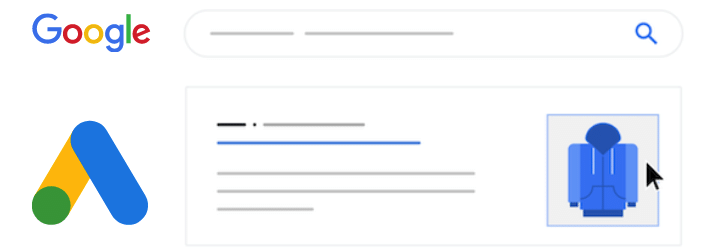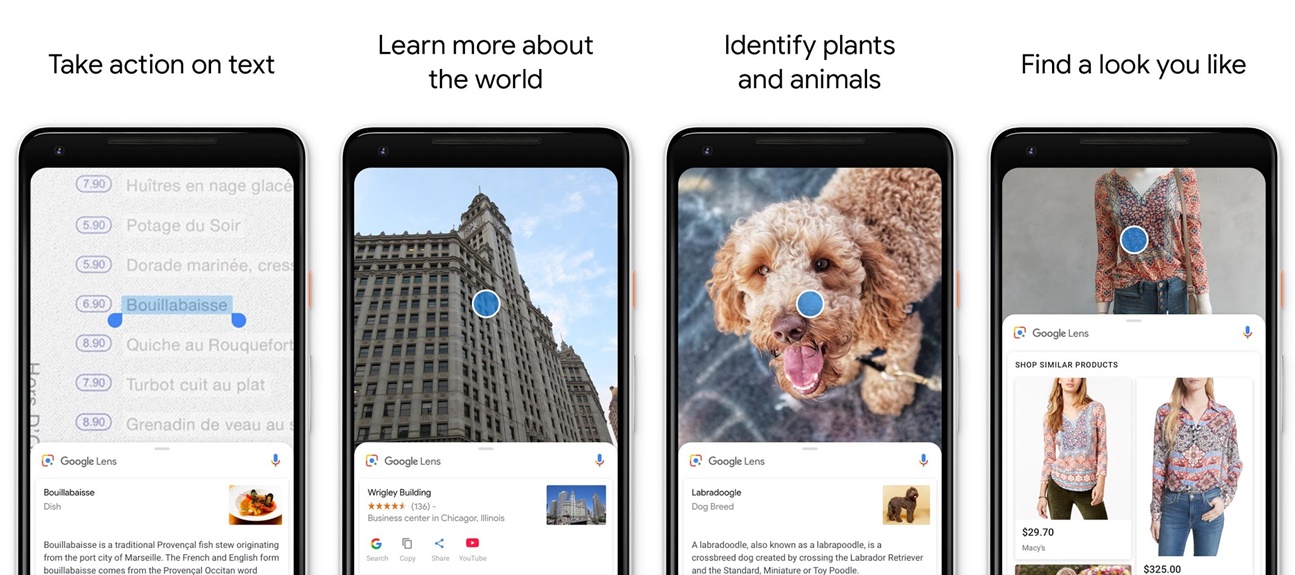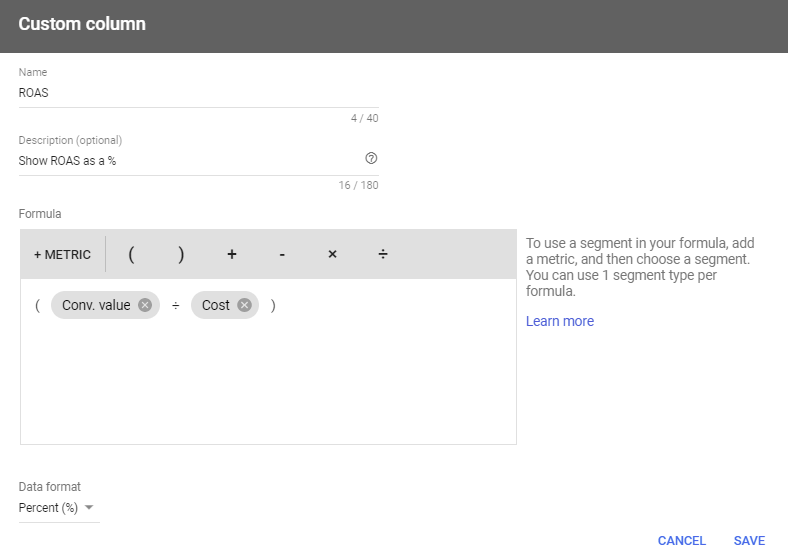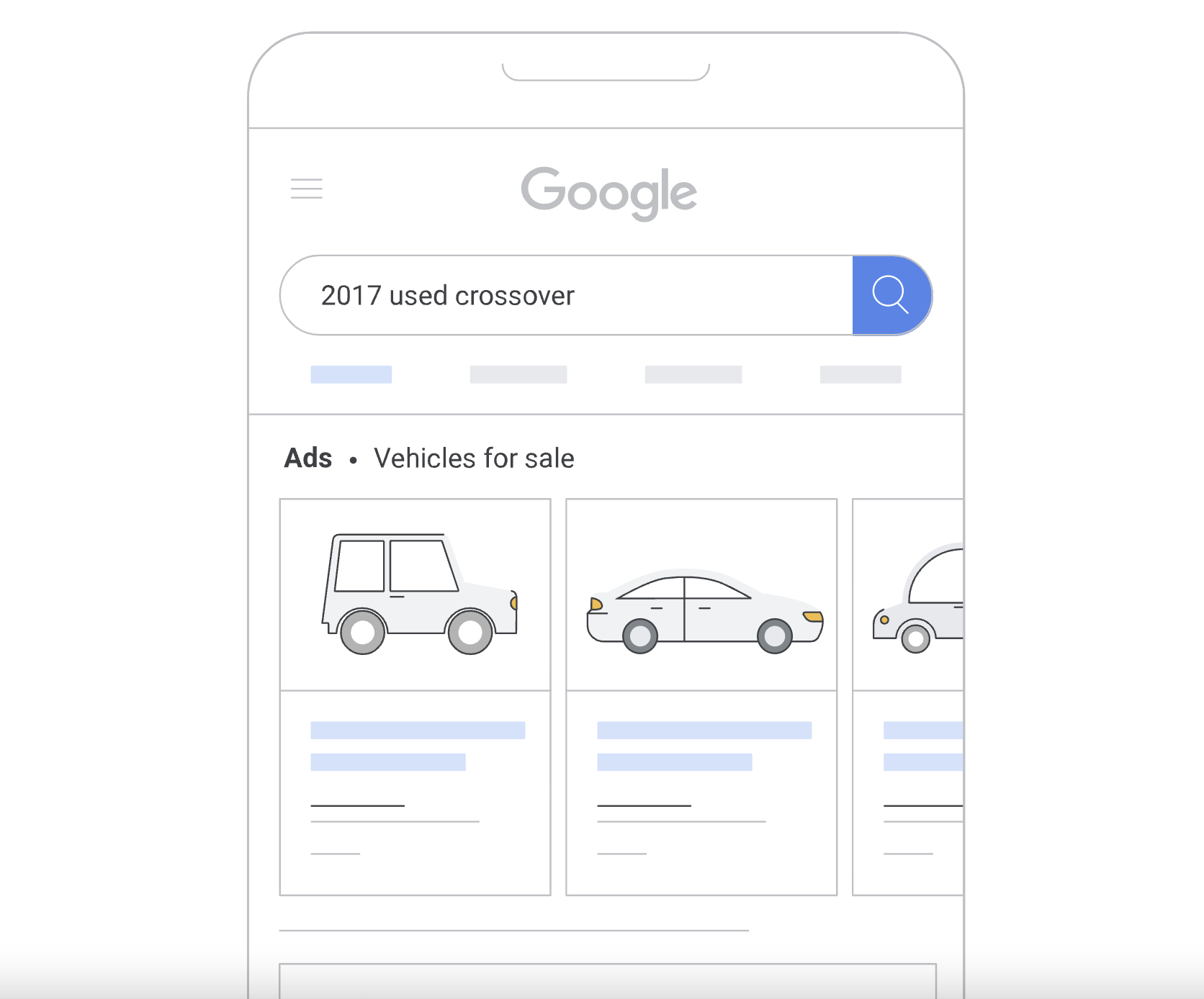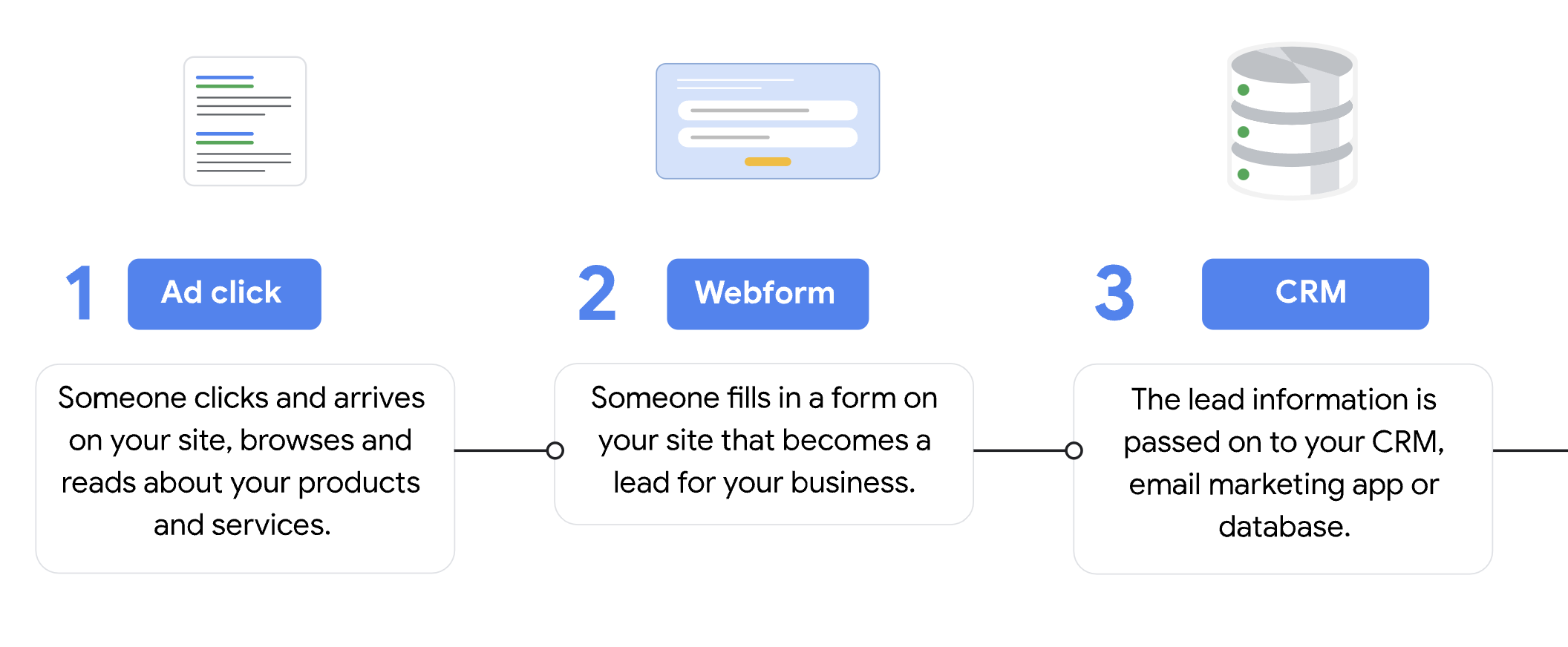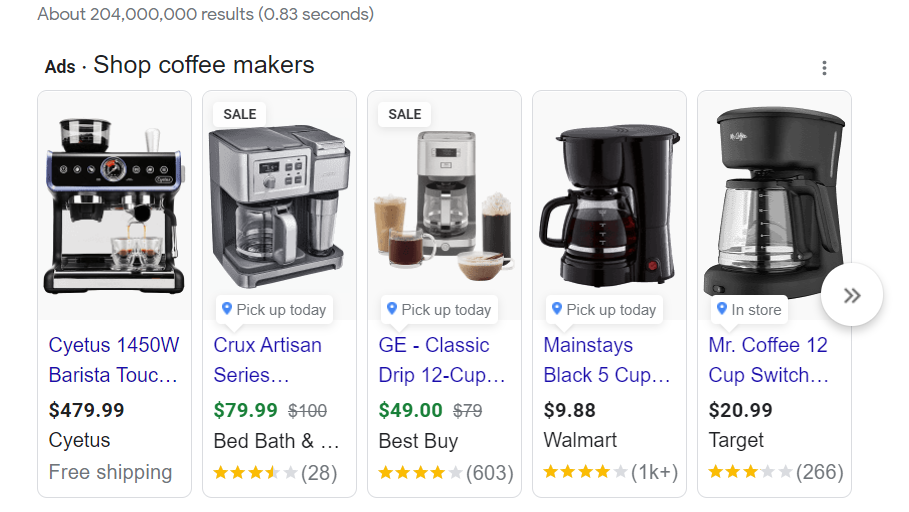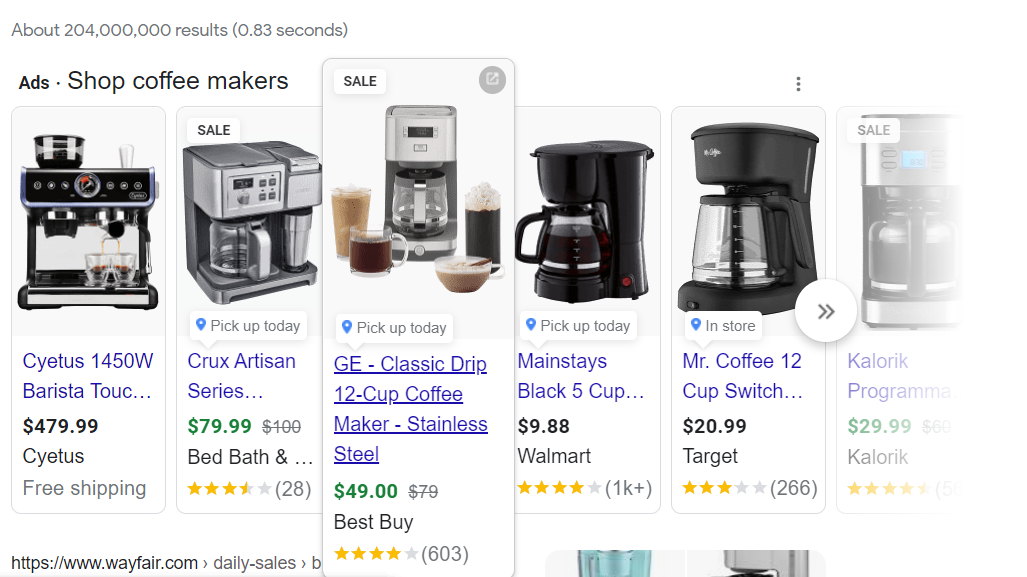Learn about this new ad format and how it can influence your business
Google announced new updates in the annual Google Marketing Live event 2022, including the addition and optimization of YouTube Shorts.
With TikTok’s rising popularity, short-form videos and advertisements have been all over the place. Given that the average user’s attention span is very brief, companies like YouTube are testing out new ways to catch the consumer’s eye by experimenting with shorts.
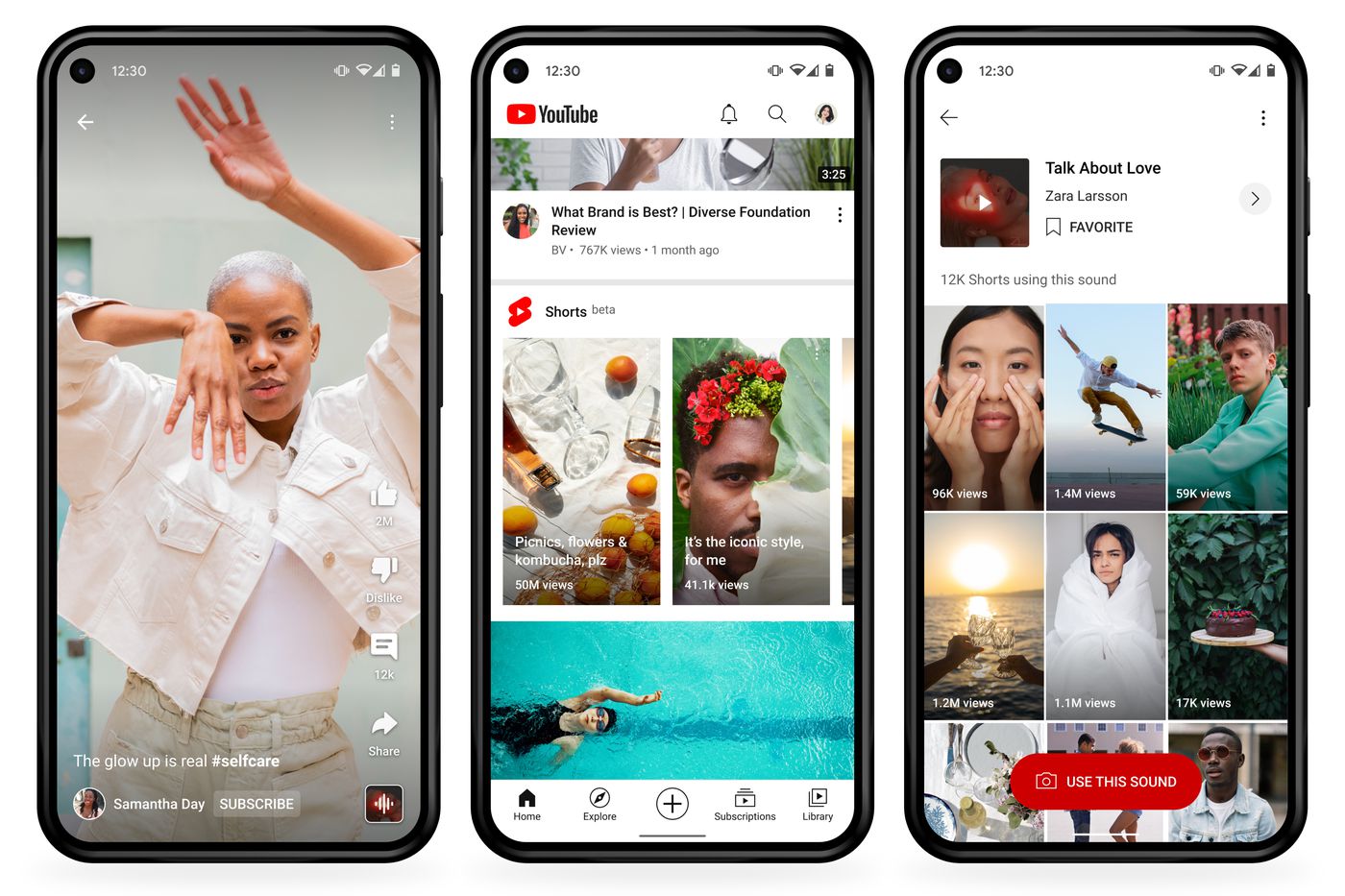
YouTube is beginning its testing with app-install ads and promotions after investing $100 million in a creator fund for Shorts, hoping it would bring more creators into the platform. Advertisers that have been subjets to this new ad format say that user feedback is positive. Google’s data says Shorts is generating 4X more views than in 2021.
This feature is comparable to TikTok’s videos, which leads us to believe that Shorts is a competitor strategy. According to AppInventiv and Global Media Insight, TikTok has over 1 billion monthly active users worldwide and $4.6 billion in revenue while YouTube has 2.6 billion monthly active users and $28.84 billion in revenue.
What do you make out of these numbers? Do you believe that YouTube Shorts will be a useful tool for advertisers? Let us know in the comments below.
The video-sharing platform also announced that a long-term monetization plan is in the works for creators to make money from Shorts. This would include:
- The addition of branded content
- Enhancing Super Chat, which includes the option to buy stickers or messages and place them in the chat, just like we see today in TikTok lives.
- Shopping directly from Shorts, meaning that advertisers will be able to connect products to campaigns in order to create a shoppable video ad (this could be an interesting addition since users would be a few steps closer to reaching your product).
It is true that consumers now prefer short-lengthed visual entertainment, and TikTok’s rise in popularity makes other video platforms reconsider their strategy.
With that being said, YouTube Shorts is something we can get on board with since the video platform is still larger in numbers and TikTok has younger average users, so we recommend marketers to be aware of their target audience before they decide to invest in the platform.
As always, Quantikal will keep you informed of any new Google features that arise. (Spoiler alert: Google Marketing Live 2022 was a conversation starter). Stay tuned!
About Quantikal
Quantikal is a data-driven performance marketing agency based in Buenos Aires, Argentina. We help clients scale their business through profitable digital ad spending by constantly obsessing over clients’ key metrics. Quantikal’s experience working in diverse online companies in marketing roles including media buying allows us to provide solutions in the ever-demanding increase of marketing performance, doing more with less thus becoming a strategic partner.



